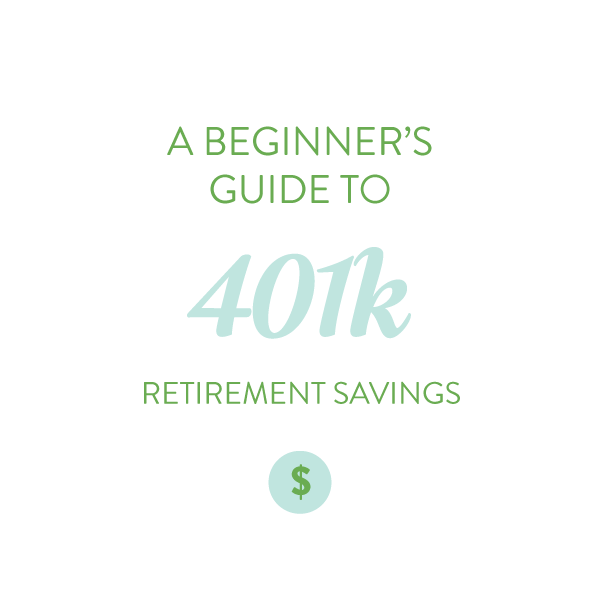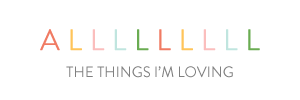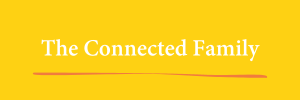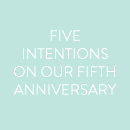Marvelous Money: A Beginner’s Guide to 401ks
One of my favorite pastors preached a great sermon yesterday on the topic of money (first in a two-part series; you can find them both here). Highly recommended! He briefly touched on retirement savings, which reminded me that I owe y’all several more posts on the same topic. I loved hearing your thoughts in the comments on our first post in this mini series, and now it’s time to get into specifics. We’re continuing with a beginner’s guide to 401ks! Let’s go with a question and answer format today.
What is a 401k?
A 401k is a retirement savings account offered by some employers (usually larger ones). If your employer does not offer a 401k plan or you are self-employed, you’ll probably want to save via an IRA, which we’ll cover in a future post.
A 401k is not an investment — it’s just the type of account that holds your investments. Investment options within a 401k are determined by the employer.
What investments can I make through a 401k?
When you sign up for your 401k, you’ll be presented with a list of your investment options. Some plans will have hundreds of options, and some plans will have fewer than a dozen — it’s up to your company. All of the investment options will be mutual funds, with one possible exception: company stock. Some plans do include a feature that allows more advanced investors to expand their options to include stocks, bonds, CDs, and other investment vehicles.
What about the company stock?
I assume that you like the company you work for, and believe in what they do. (Or at least, I hope so!) So, should you invest all of your 401k in your company stock? NO! If your company offers their stock as an option, do NOT put all your money in it, for one reason: diversification. A simple and quick example of why diversification is important: if you’re riding in an elevator, would you prefer to have it suspended by one or twenty cables? Don’t put all your eggs in one basket, no matter how good you think it is. Many experts recommend investing no more than 5% of your assets in your company stock.
How much should I contribute?
For 2013, the maximum amount you can contribute is $17,500 if you’re under 50. There is no minimum. $17k sound like a lot? John and I love Megan McArdle, and she recommends saving 15% of your gross income for retirement. (Yes, even though, as she says, “When I tell people that they need to save 15% of their income, I am greeted with the same sort of disbelief that might greet a suggestion that they move to Tanzania and become big game hunters.”)
15% is so much! Help!
15% IS a lot. If it’s not feasible for you to start at that level, save at least enough to get your full company match. This is FREE MONEY. What does it look like? A common way companies will do this is to give you $1 for every dollar you save up to 3% of your pay, and then give you $.50 for every dollar you save on the next 3% of your pay (but every company is different). The end result? 10.5% of your pay is added to your retirement savings account, and you only have to contribute 6%!
How about taxes?
There are two ways to contribute to your 401k, and both have tax benefits, because the government wants you to save for retirement! Number one: Most plans let you save your money pre-tax, which means the money you’re contributing to your 401k gets deducted from your taxable income on every paycheck. Down the road, when you take the money out (in retirement), you’ll have to pay taxes on all the money. Tax benefits today, taxes when you withdraw.
Number two: An increasing number of 401k plans are offering Roth contributions, which is basically the reverse of number one: you pay your regular taxes on your contributions, and when you withdraw the money, assuming you are over 59.5 and you made your first Roth contribution at least five years earlier, there are no taxes on the withdrawal. Taxes when you contribute, no taxes when you withdraw.
Since a 401k is offered through my employer, what happens if I leave my job?
Excellent question! One of the biggest mistakes people make is to withdraw their 401k savings when they leave their job, so we’re not going to do this. Another poor option: Leaving it at the company you’re leaving. It’s harder to manage that way, and your former company might charge you fees or change your plan. Better options: “rolling over” the money to an IRA or a new 401k offered through your new employer. Remember that the money YOU contribute to a 401k is yours, as are any company contributions you’re fully vested in. (Companies usually give you the right to their contributions based on your length of service — for example, they might vest a third every year until you’re fully vested after three years.)
If you haven’t discussed your options with a representative of your company or plan before, this is a GREAT time to do so! In fact, this is a great time for me to remind you that I am neither a financial planner nor a tax adviser, and that this is a very basic guide to 401ks. Retirement savings are VITAL but can be complicated, so I highly encourage you to seek guidance along the way.
One thing that’s not complicated? STARTING! I hope this post has given you the encouragement to do just that :)




















I am looking forward to your post on IRAs. I have been wondering/asking around for a while now about what I should do about a retirement savings. I have my regular savings but not one dedicated for retirement only. Can’t wait to see what you have to say!
thanks for the wonderful tips!
Thank you for this! My husband and I are about to embark on our saving journey so this is super helpful information
This is so helpful! While I majored in business in college, I have yet to work a “public” job and this is very helpful in terms of looking toward the future. I want to know more about financial planning and this is such a great start!
@Nicole: Go you!! Cheering you on :)
Love this post! Incredibly valuable information. We aim for 15% as well!
I’ve been wanting to comment on your graphics for a while, too. You are quite the designer, Em! Love the consistency, colors, and fonts in your graphics. Adorable. I’m impressed!
xoxo keep up the financial talk! LOVE it!